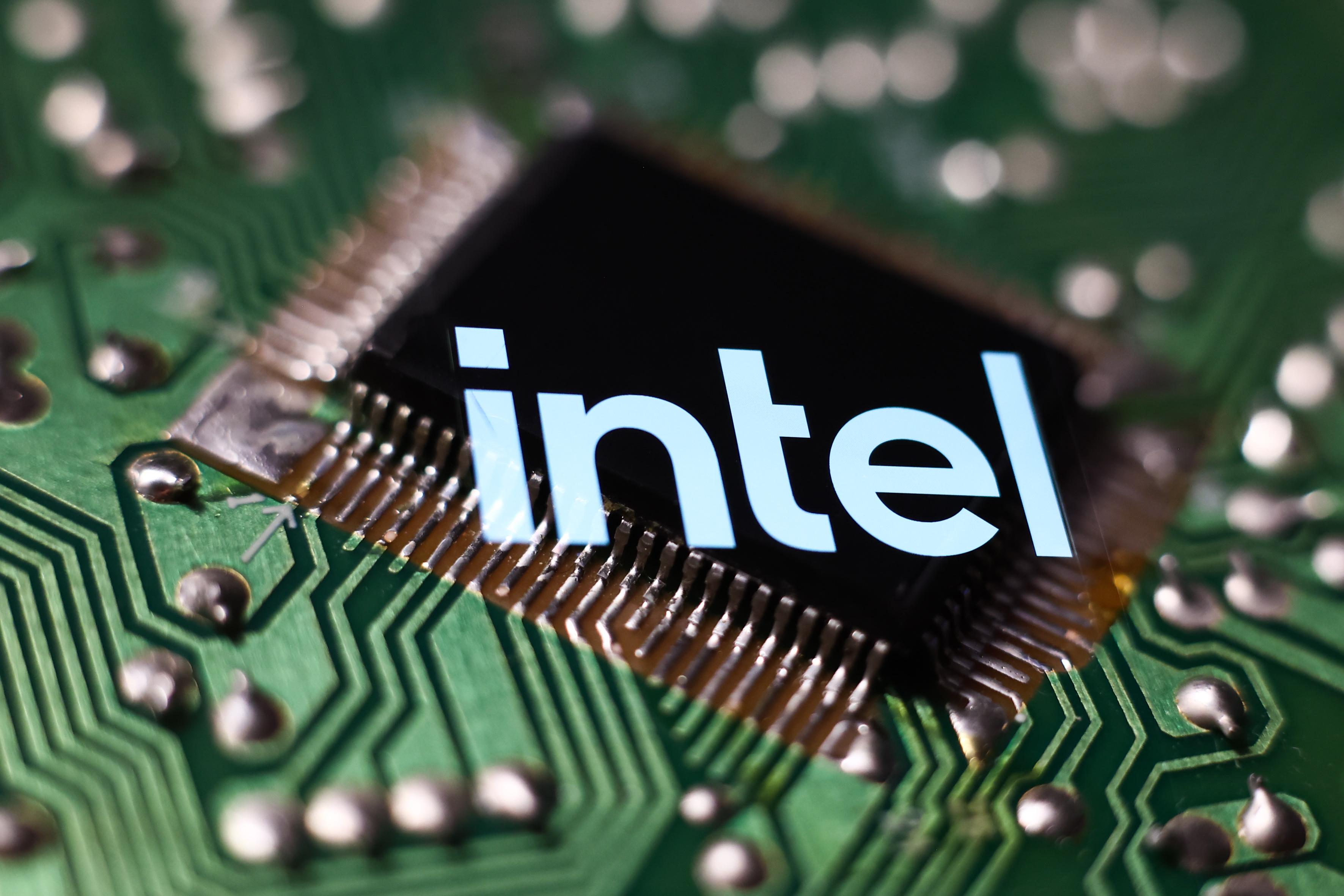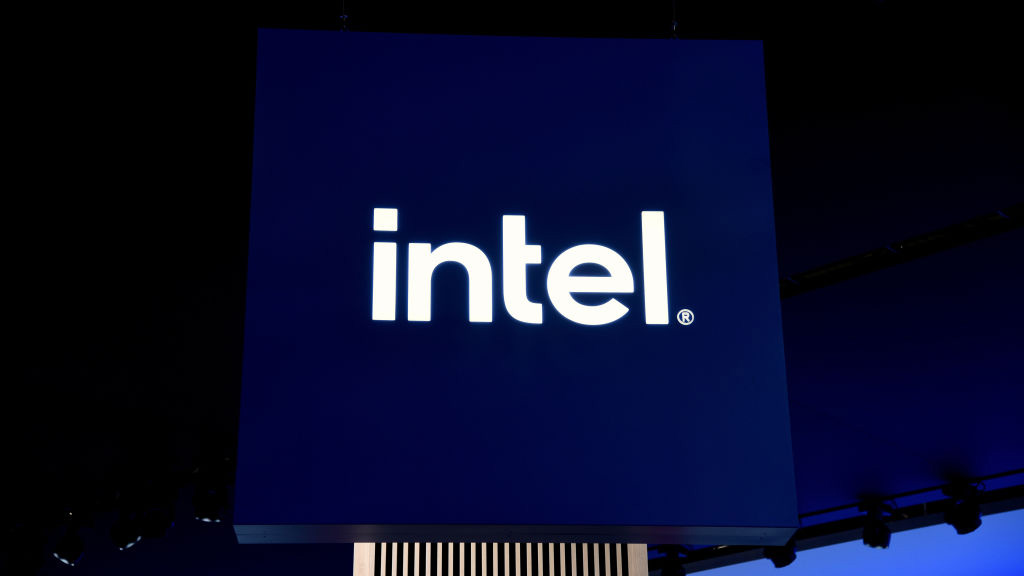Intel reveals ‘Westmere’ processor roadmap
Chip giant unveils its plans for its upcoming 32nm chips, saying it will appear across desktop, mobile and server spaces by 2010.

Intel has demoed desktop and mobile systems featuring its forthcoming 32nm Westmere' processors, as it revealed details of its product roadmap for the next two years.
Mark Bohr, an Intel senior fellow, said Intel was on track to continue Moore's law the prediction of one of its founders that transistor density on micro-processors would double every two years.
Bohr added that the product ramp for its 45nm process was its fastest and most successful ever and that it was on track for even greater yield improvement for its 32nm process. Yield is crucial when developing new processes as low yield reduces availability and increases cost.
"It's a major milestone, and we're really thrilled," said Stephen L. Smith, vice president of Intel's group operations. "We're well on track we have great product and process health that will enable us to ramp up and offer better products."
Smith said that Westmere was essentially its Nehalem' architecture, migrated to a 32nm process, with the addition of an integrated graphics core. While Nehalem as the Core i7 currently occupies the high-end desktop segment, Westmere would move into the mainstream desktop and mobile notebook space by the end of the year.
The first Westmere-based processors are due in the fourth quarter of the year and will be codenamed Clarkdale', with two cores and four threads. A similar mobile version will be known as Arrandale'. Both of these will for the first time feature a graphics chip integrated into the die of the processor itself. The integrated graphics, and the integrated memory controller - carried over from Nehalem - will be based on a 45nm process but next to the 32nm Westmere core.
To carry these new chips, Intel will be introducing its 5-series' chipset. "This simplifies the design by putting the high performance parts onto more advanced technology, simplifying the footprint and reducing cost," said Smith.
Sign up today and you will receive a free copy of our Future Focus 2025 report - the leading guidance on AI, cybersecurity and other IT challenges as per 700+ senior executives
Smith said that the chip would offer Intel's Turbo Boost' technology, which temporarily increases the clock speed of a single core for single threaded applications.
New instructions aimed at improved encryption and decryption algorithms are also being introduced, and would specifically speed up AES encryption.
At the high desktop end, a six-core chip called Gulftown, without the integrated graphics, will appear in 2010.
On the server side, Westmere will appear in all segments, the entry-level (EN), mid-range, (EP) and the high-end (EX) - but the latter two will not appear until 2010. The entry-level dual core Xeon product will be based on Clarkdale and arrive in the fourth quarter.
Smith would not reveal the branding for the product, except for confirming that Intel was happy with the Core brand, which fits into rumours that the product will be called Core i5.
Benny Har-Even is a twenty-year stalwart of technology journalism who is passionate about all areas of the industry, but telecoms and mobile and home entertainment are among his chief interests. He has written for many of the leading tech publications in the UK, such as PC Pro and Wired, and previously held the position of technology editor at ITPro before regularly contributing as a freelancer.
Known affectionately as a ‘geek’ to his friends, his passion has seen him land opportunities to speak about technology on BBC television broadcasts, as well as a number of speaking engagements at industry events.
-
 Google is scrapping its dark web report feature
Google is scrapping its dark web report featureNews Google said while the dark web report feature offered “general information”, the tool didn’t provide “helpful next steps” for users potentially impacted by a breach.
-
 AI means you're probably going to need bigger developer teams
AI means you're probably going to need bigger developer teamsAnalysis Software developers may be forgiven for worrying about their jobs in 2025, but the end result of AI adoption will probably be larger teams, not an onslaught of job cuts.
-
 Gaining timely insights with AI inferencing at the edge
Gaining timely insights with AI inferencing at the edgeWhitepaper Business differentiation in an AI-everywhere era
-
 Scaling AI from pilot to production: Maximize AI impact with HPE & Intel
Scaling AI from pilot to production: Maximize AI impact with HPE & IntelWhitepaper Transform AI proof-of-concepts into full-scale implementations
-
 UK supercomputer boom as HPE and Dell receive funding for new AI cluster
UK supercomputer boom as HPE and Dell receive funding for new AI clusterNews The UK’s AI computing capabilities will increase by an order of magnitude in 2024
-
 AI gold rush continues as Hugging Face snags $235 million from IBM
AI gold rush continues as Hugging Face snags $235 million from IBMNews The investment round, which brings the company's valuation to $4.5 billion, also includes Amazon, Google, Intel, and Salesforce
-
 Why is ASUS reviving Intel’s NUC mini-PC line?
Why is ASUS reviving Intel’s NUC mini-PC line?News The diminutive PC is to rise again while analysts look for the business case
-
 Intel targets AI hardware dominance by 2025
Intel targets AI hardware dominance by 2025News The chip giant's diverse range of CPUs, GPUs, and AI accelerators complement its commitment to an open AI ecosystem
-
 Why aren’t factories as smart as they could be?
Why aren’t factories as smart as they could be?Whitepaper How edge computing accelerates the journey to a remarkable factory
-
 Who needs Intel vPro®, An Intel® Evo™ Design, anyway?
Who needs Intel vPro®, An Intel® Evo™ Design, anyway?Sponsored With flexible work on the up, the demand for high performance on-the-go business laptops has never been greater
